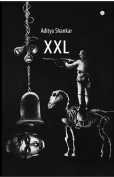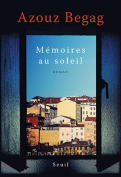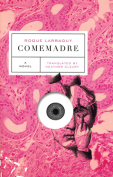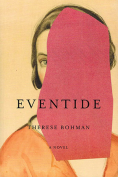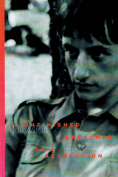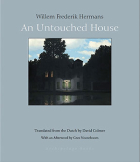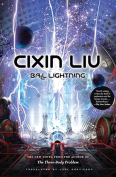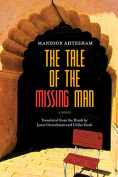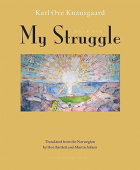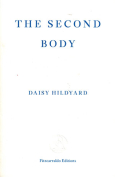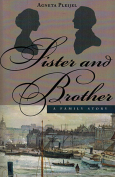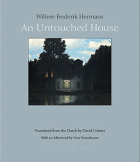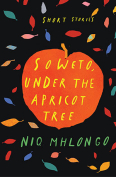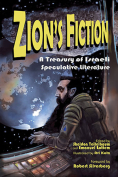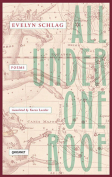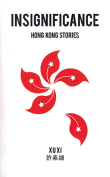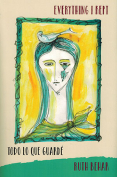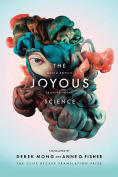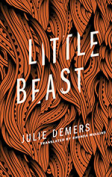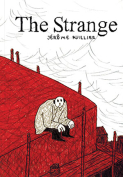Sister and Brother: A Family Story by Agneta Pleijel
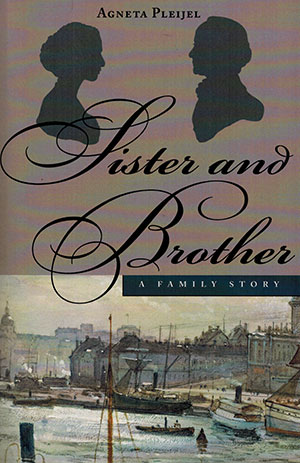 Washington, DC. Gallaudet University Press. 2018. 221 pages.
Washington, DC. Gallaudet University Press. 2018. 221 pages.
Sister and Brother chronicles the lives of Albert and Helena Berg, siblings from an affluent family of musicians in nineteenth-century Sweden. Albert’s deafness is a blow to his father’s musical aspirations for his son, though Helena develops into a talented vocalist. Over time, Albert grows to become a notable painter and co-founder of the Stockholm Deaf Association, while Helena is pressured into marrying for money and falls into depression. The juxtaposition of the siblings’ life stories invites the reader to contemplate the parallels between ableism and misogyny.
Agneta Pleijel, a hearing woman, has a personal stake in the story: Albert Berg is her great-grandfather. The author uses bold typeface and the first person to establish her thoughts as addenda that highlight her research process. But the choice raises some questions: With a contemporary lens established, should we not scrutinize the novel with our contemporary understandings of misogyny and ableism? Can Albert’s inner life and deaf worldview be authentically rendered by a hearing author and hearing-centric narrator?
As a writer and reader, I find the argument that one shouldn’t write outside one’s lived experience problematic, a sentiment that limits where fiction should free most. However, that doesn’t mean one can write about an unfamiliar worldview without difficulty (and much research). Sister and Brother is well researched from a historical perspective but falls short in its understanding of deafhood and signed languages.
The thoughts and actions of the novel’s characters are of course rooted in the prevailing sentiments of their time. But the insertion of the present-day Pleijel suggests that the reader might be offered some subsequent insight, a reversal of the beliefs of centuries past. Unfortunately, such clarification never occurs. The description of Albert learning to sign (by which he could “express . . . what he wanted to say, at least the essential part of it”) reads like a fundamental misunderstanding of sign-language linguistics. What is made clear is that the author herself has low expectations for Albert—in her first-person commentary, Pleijel writes of his passing the Royal Academy of Fine Arts’ entrance exam “despite being deaf,” as if inviting us, too, to be surprised that a deaf person could be literate and/or talented in the arts.
Overall, the historical narrative within these pages is an engrossing one, and Albert Berg is a fascinating deaf person about whom I was happy to learn. The question of representation, though, remains: is it better to see a deaf character partially rendered on the page than not at all? The answer will be different for different readers.
Sara Nović
Stockton University
